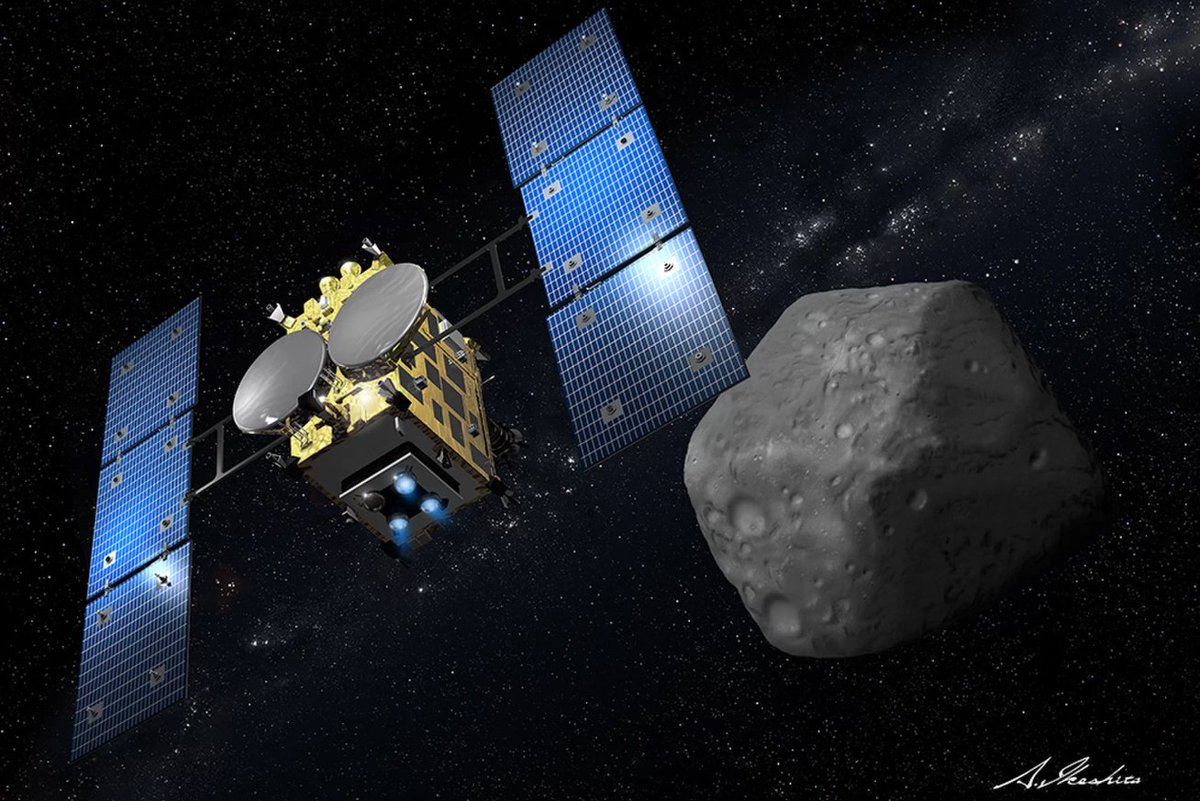
British Science Journalist of the Year 2024. Words @NewScientist @SciAm @NYTimes @QuantaMagazine @Nature @WIRED + more. Sometimes on TV/Radio. jdaoca@gmail.com
How to get URL link on X (Twitter) App




 The satellite will launch on a SpaceX Falcon 9 rocket tomorrow evening from Florida.
The satellite will launch on a SpaceX Falcon 9 rocket tomorrow evening from Florida.

 - The mission, Tianwen-1, consists of an orbiter and rover. The latter is named Zhurong after a mythological god of fire
- The mission, Tianwen-1, consists of an orbiter and rover. The latter is named Zhurong after a mythological god of fire

 The small helicopter, called Ingenuity, is part of the @NASAPersevere rover landing on 18 Feb.
The small helicopter, called Ingenuity, is part of the @NASAPersevere rover landing on 18 Feb.
 Recently, a team of scientists used the Keck Observatory in Hawaii to observe the white dwarf GALEX J2339 – a remnant of a star like our Sun reaching the end of its life.
Recently, a team of scientists used the Keck Observatory in Hawaii to observe the white dwarf GALEX J2339 – a remnant of a star like our Sun reaching the end of its life.

 Hayabusa 2 is a mission to return material from inside an asteroid called Ryugu to Earth, something that's never been done before (2/n)
Hayabusa 2 is a mission to return material from inside an asteroid called Ryugu to Earth, something that's never been done before (2/n)